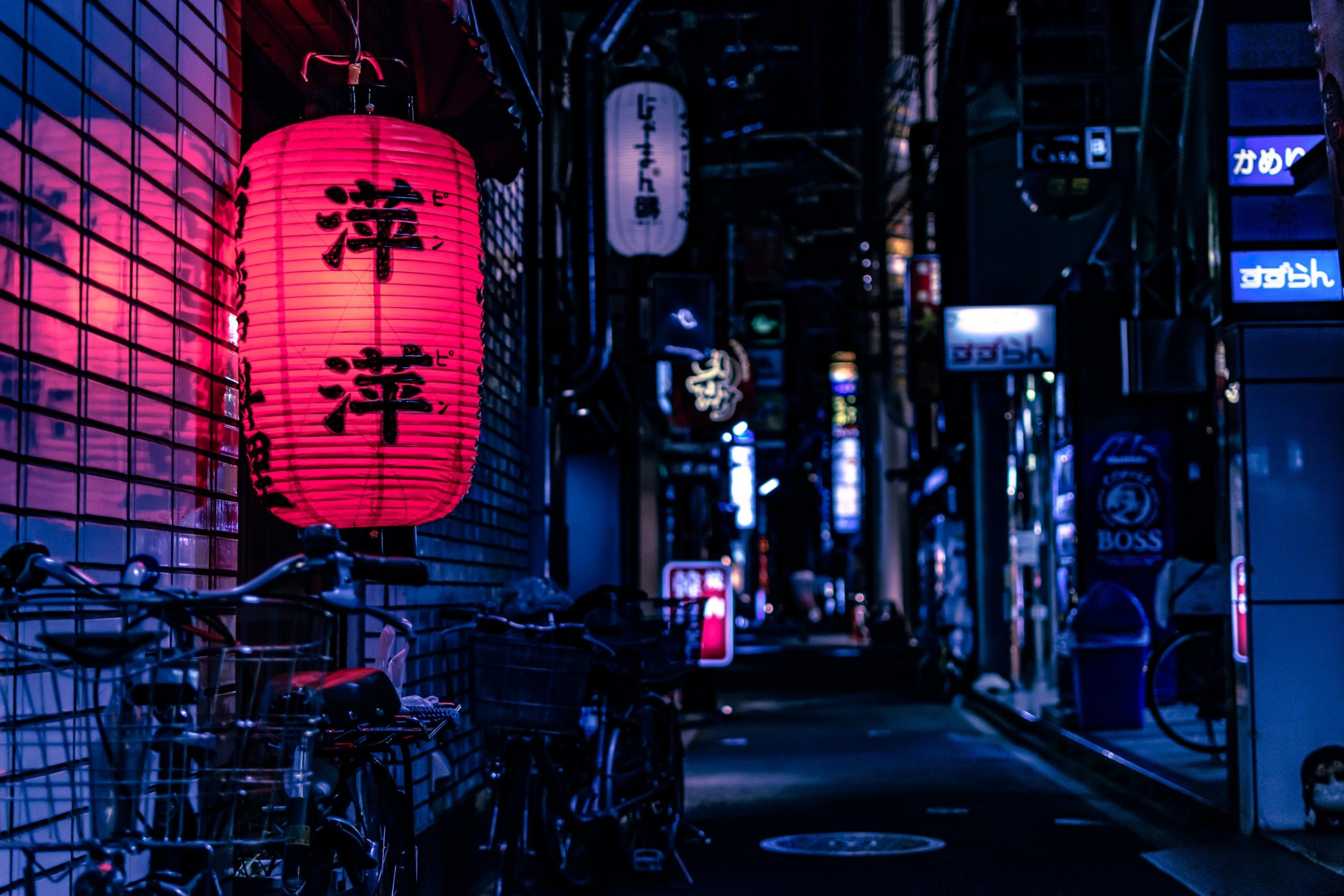If you are learning Hiragana, one of the three Japanese writing systems that are used alongside Kanji, it is important to start from the beginning.
Not unlike Katakana, Hiragana writing is syllabary which means that each character corresponds to a syllable or a sound.
There are 46 characters in Hiragana which makes it one of the easier scripts to memorise when compared to over 45 0000 symbols in the complex Kanji. Also, unlike Kanji, Hiragana symbols are easier to draw compared to the intricate Kanji ideograms.

The History of the Hiragana Alphabet
Like most of the Japanese language, Hiragana has its origins in Chinese.
It was only around the fifth century that Hiragana writing was adopted by the Japanese language. Before this, there was no writing system for Japanese which made it a defining moment in history and the language’s development.
Priests would read Chinese Kanji and try to translate it into Japanese, but they realised that it would be easier if the characters were syllabic. Since Japanese and Chinese pronunciation differ greatly, this needed to be somehow depicted in the written word which is how Hiragana and Katakana came to be.
Kanji’s complex ideograms were another factor to consider in creating the other systems. Katakana and Hiragana writing need fewer strokes and are therefore much easier to produce.
As a result of these variations, many consider the Hiragana alphabet to be a simplified version of the Kanji ideograms. Hiragana writing is also more familiar with Western people who recognise its cursive text, while Katakana script is characterised by more curves and angles.
Breaking Down Hiragana Writing

When it comes to learning Hiragana there is a lot to know about this unique Japanese syllabary writing system. Let’s take a look at it from several important angles.
We’ll address the most common way it is used in writing, how important learning Hiragana is, how to produce it, and how it differs from Katakana.
Usage
The main reason for Hiragana writing is ‘Okurigana’.
Okurigana refers to the suffixes which are required after a Kanji root or stem.
For instance, you would create the word ‘watching’ in Japanese from the Kanji stem for the verb ‘watch’ as well as a Hiragana suffix for the ending, ‘ing’.
This process of Okurigana allows you to incorporate more nuances into your writing. While it is possible to express yourself only using Kanji, using something from your Hiragana chart too, provides myriad more options for expressing yourself in writing.
Hiragana writing is also used for other purposes too. For instance, function words like particles, come from the Hiragana alphabet and can be used to imply tone.
Interestingly, each sound within the Japanese alphabet has its own unique Hiragana, but individual characters don’t mean anything on their own.
And where there isn’t a Kanji symbol to be used, there are instances where you can pick a substitute from your Hiragana chart.
Importance
While there is a strong case that Kanji is the most critical writing system, this should never be at the cost of learning Hiragana.
After all, remember that many Kanji characters would be left as stems if it were not for those brilliant Hiragana suffixes to give them specific meaning!
Simply put, if you try to learn to write Japanese without the involvement of the Hiragana alphabet too it would be like trying to write English without the vowels. It may be possible if you tried very hard but you would not get very far to express the correct meaning of what you are trying to impart.
Look at it this way: written Japanese is a combination of Kanji and kana which means you need to pay great attention to both, but the Hiragana alphabet is the glue that will hold your Japanese text together. Not only that, but it influences meaning and serves many grammatical functions.
Fortunately, Katakana and Hiragana which form the kana elements of writing take less time to master than Kanji. This means that you will not need to spend nearly the same amount of time with these two alphabets as you will learning the Kanji characters.
Something else in your favour is that producing and learning Hiragana is relatively straightforward.

Production
There are only 46 Hiragana characters in total, and fortunately, they are not difficult to write.
To write Hiragana, you will only ever be required to make two strokes, this is less than the three needed for Katakana and far less than what is needed to produce Kanji.
A quick look at the Hiragana chart will reveal the simplicity of most of the characters which are sure to put your mind at ease!
When learning Hiragana, it’s worth keeping the pronunciation in mind as you practise your writing as this will create a strong connection in your mind between the sound and character that it represents.
There are a few characters within Hiragana that require modifiers when they are written. Modifiers are the dots and vertical dashes!
Difference with Katakana
To gain a better understanding of Hiragana and its use, let’s compare it to the other writing script, Katakana.
Function
The main functions of Hiragana are to provide suffixes to Kanji stems and to fill in grammatical roles where necessary.
Typically, it will be the first writing system that Japanese language students learn and is exclusively used in forms of entertainment like children’s books.
On the other hand, Katakana is used for borrowed or foreign words, as well as scientific terms and literary use like onomatopoeia, for instance.
Its use should not be underestimated though because many foreign words are adopted into Japanese and the use of onomatopoeia is more common than you would think.
Style
You only need to look at a Hiragana chart to see that while Hiragana is easily comparable to English cursive, the Katakana style is more print-like.
Pronunciation
Fortunately, because both these writing systems are phonetic, it means that when you see their characters you can count on them being pronounced in exactly the same way.
This differs in English where the ‘a’ in ‘apple’ has a different sound to the one in the word ‘page’, however, in both Hiragana and Katakana what you see is what you will get.
So once you invest the time to learn the individual characters in the Hiragana alphabet and Katakana systems, pronunciation should improve rapidly.
Resources for Learning Hiragana

The Hiragana alphabet will probably be the first system that you will encounter on your Japanese learning journey, so try to be prepared with as many recommended resources as possible.
Best Books
- Japanese from Zero! 1
The first in a series of widely acclaimed textbooks, Japanese from Zero! 1 was produced by a successful Japanese interpreter and it includes everything needed to master basic Hiragana.
This series has been popular in many classrooms all across the world and includes a workbook with an answer key provided so that you can practice what you learn as you go.
- Let’s Learn Hiragana
As the title suggests, this textbook is entirely focused on the Hiragana writing system.
As a workbook, not only will be exposed to the Hiragana chart but you will be required to reproduce them yourself for a holistic learning experience.
Youtube Channels
- JapanesePod101
JapanesePod101 is probably one of the best Youtube channels for any kind of learning Japanese full stop.
It’s a brilliant resource, and one you should visit often to revise anything from the written to spoken elements.
Look out for the highly recommended video called ‘learn ALL Hiragana in 1 Hour’ for a speedy tutorial!
- Dr Moku
This channel is geared more towards entertainment, however, that does not mean it is not informative.
Check out the video ‘Learn Japanese Hiragana in 90 seconds’ which even though it is short, provides an overview of characters and helpful mnemonics for remembering them.
Online Resources & Apps
- Tofugu
Tofugu is a well-known and superb resource for everything Japanese-related, so it’s no wonder that it is featured on this list.
‘Learn Hiragana: The Ultimate Guide’ is an astonishingly detailed article that covers all Hiragana characters as well as their pronunciation.
This is an excellent article to reference whenever you have any issues with pronunciation or if you simply want to make sure that you drew your characters correctly.
Worth noting is the striking mnemonics. Remember that when you commit visuals to memory, you will have a much easier time recalling them in the future.
- Hiragana Quest
Not unlike a really handy Hiragana chart, Hiragana quest is a mobile phone app that makes the most of mnemonics and provides cute, colourful characters that help the memorisation process.
By following a story and engaging with different characters you will form strong connections with each character in your mind, this way, they will easily come to mind when you need them.
It’s an amusing way to pass the time while simultaneously working on your Hiragana, so give it a try if you are in the mood for something a little more different.















